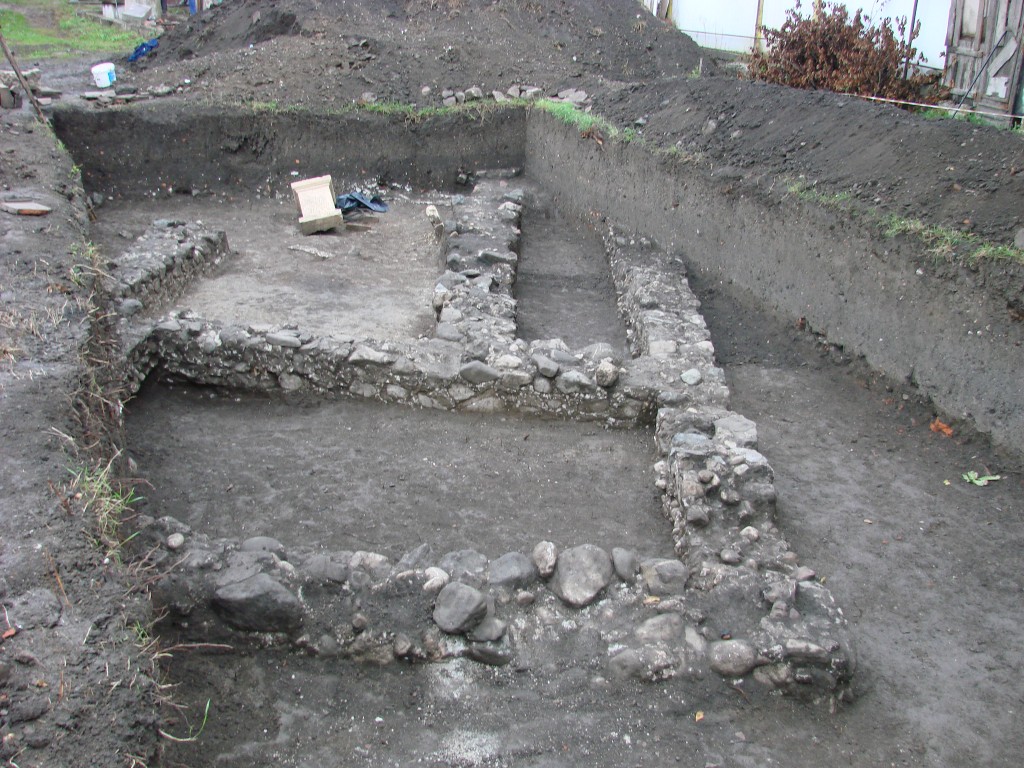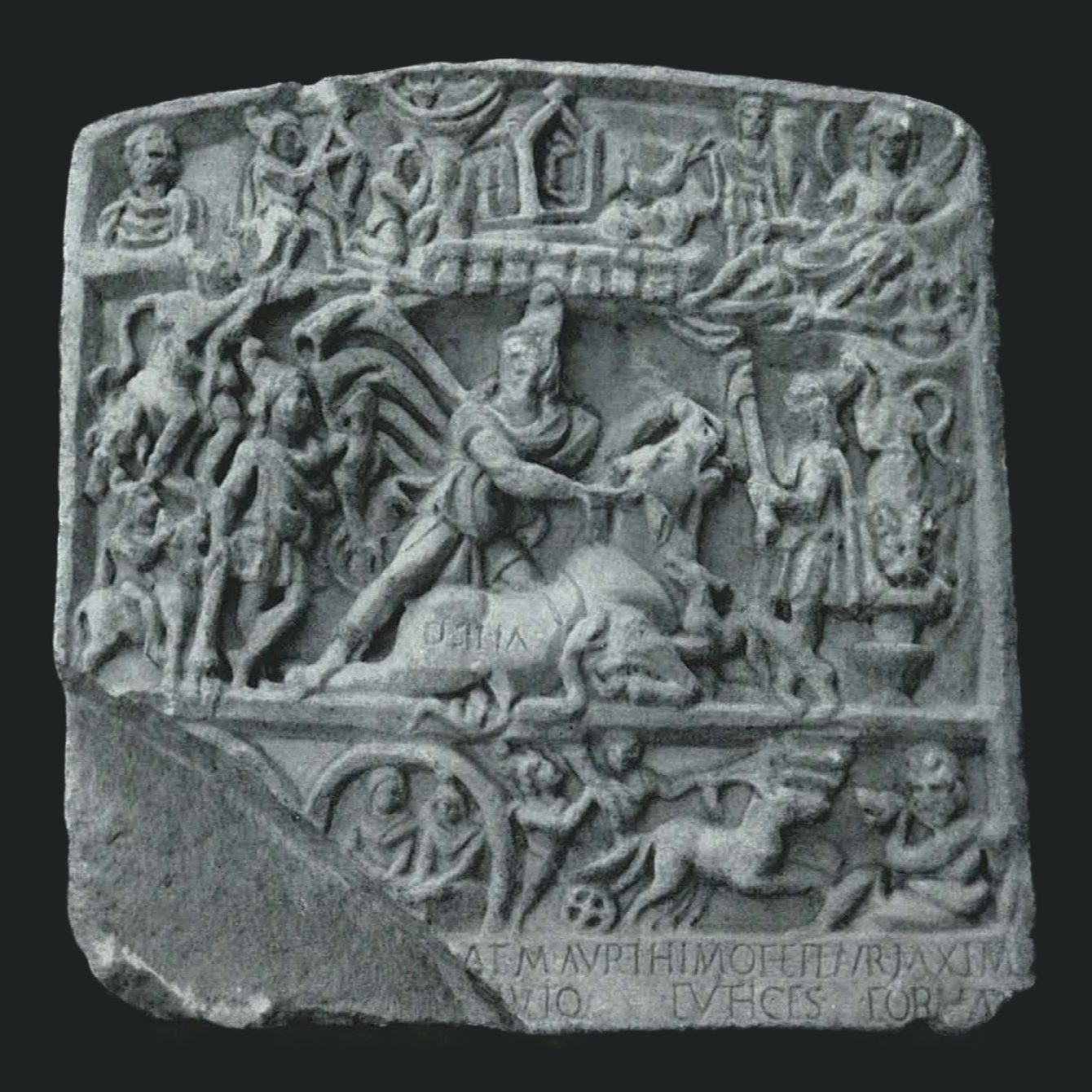
Euthices
Alias Euthyces
Freedman, he offered a relief of Mithras as a bull killer for the well-being of his two former masters in Apulum.
Biography
of Euthices
- Euthices was a syndexios at the Mithraeum of Alba Iulia III (Apulum).
- Active c. 1st quarter of 3rd century in Apulum, Dacia superior, Dacia [TNMM 257].
- Mentioned in TNMM 638, Apulum, Dacia superior, Dacia.
TNMP 214
Eurices made and paid his vow with a maganificient relief of Mithras as a bullkiller. He dedicated it to the Invincible Sun God Mithras for the safety and well-being of his two old masters: Aurelius Timotheus and Aurelius Maximus.
The three followers were probably of a Greek or Oriental descent, having the same social and cultic background.
[...] The monumental and extravagant piece was undoubtedly the central element in the sanctuary. Because we do not have any clear evidence to prove that the central relief of Marcus Aurelius Timotheus, Aurelius Maximus and Euthyces was part of the same sanctuary, we cannot say if there were two completely different buildings and communities. The importance, size of the pieces and the example of other cities from the Empire indicate nonetheless the existence of only one Kultbild in a sanctuary, consequently during Secundinus’ time there were already two sanctuaries in the civilian town.
The last follower who without a doubt comes from the civilian town of Partoş is Cratus, who offers a statue to Cautopates, with an epigraphic base, out of which only the base and a fragment from the foot of the torchbearer remain. The adorer has a Latinized cognomen, but of Greek origin. His status of libertus is reflected not only through onomastics but also by his function of Augustalis of the colony.
Libertus of Marcus Aurelius Timotheus and Aurelius Maximus.
His name appears in two different ways from the same context: Euthices and Euthyces. This could be a mistake of the lapidarius himself, the epigraphic camp of the relief being more crowded and a HI ligature is more comfortable than an HY. We cannot reconstruct the event, when or how these objects were placed in a sanctuary, of if they were erected during the same event, however the text, the paleography of the inscriptions, suggests that they were made in the same workshop.
—Szabó (2018)
References
- Csaba Szabó (2013) Microregional manifestation of a private cult. The Mithraic Community of Apulum
- University of British Columbia. Apulum Mithraeum III Project
Mentions
Mithraeum of Alba Iulia III (Apulum)
TNMM 236
Mithraic stele from Alba Iulia
TNMM 257
Mithraic stele, from Alba Iulia, Romania, with inscription.
Tauroctony of Euthices from Apulum
TNMM 638
This marble relief of Mithras killing the bull was made by a freedman who dedicated it to his old masters.



Comments